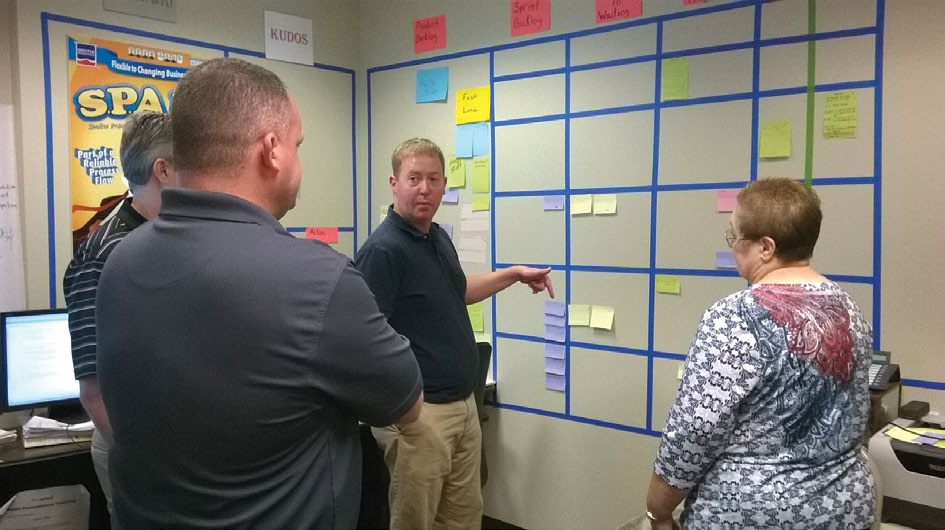The Value of Pair-Coaching… What’s in It for You?
Coaching is the process of facilitating a reflective thought process within somebody else in order to enable them to make some progress towards a goal. One can coach another individual in a one-to-one setting, or one can coach a team. While the principles are effectively the same, the techniques employed may well be different.
Coaching is very different to training not least because the agenda within a coaching relationship can emerge and be tailored to the needs of that individual (or group) there and then. Coaching isn’t focussed on passing on a specific skill or filling an educational gap but rather helping them tackle a specific challenge or understand their strengths and weaknesses – technical, psychological and inter-personal – in relation to a particular task or situation.
Coaching is usually spaced out over days, weeks or even months rather than a concentrated one-off event and this allows for time in between each new piece of insight or nugget of reflection. Time that can be used to digest, analyse, experiment and explore further, allowing the person or group to discover what is important to them.

Often the presenting issues at the beginning of a coaching engagement turn out to be symptoms of something else or part of a bigger picture. The evolving nature of a coaching engagement gives both coach and coachee the opportunity to inspect and adapt, to reflect and adjust what they are focussing on for the benefit of the coachee.
A flip side of the evolving nature of a coaching engagement is that it can be difficult to create success factors. In general, coaching is successful if it leads to an improved behaviour of the coachee and commitment to self-improvement in a sustainable way. Behavioural change requires time and persistence to be fully established and so as coaches we only really know that we have been successful when we see genuine and natural behavioural change in the medium term.
Coaching isn’t easy as it requires not just technique but continual practice and reflection. One challenge for many coaches is practicing detaching themselves from the problem and remaining objective in guiding the coachee without pursuing their own agenda. When faced with a problem that needs solving it is almost inevitable to begin to think how to solve it, even when actually, the agenda of a systemic coach is to help the coachee find their own solution.
While agile coaches follow the same underlying principles of systemic coaches, they don’t have the luxury of being completely solution agnostic as agile coaches have the additional responsibility of embodying the agile manifesto principles and values. This means that in the case that the coachee is diverging significantly from those values and principles, the coach has the professional and ethical responsibility to point this out.
What is pair-coaching and how does it work?
Pair coaching refers to a pair of coaches – two people working together as coach. This isn’t a good cop/bad cop setup but rather two minds and two perspectives coming together for the overall benefit of the client.
The principle of pair coaching ultimately stems from the practice of pair programming from the world of software development where two programmers share one workstation with one person “driving” while the other observes or “navigates”. Roles are switched frequently and this built in review process increases not only quality but innovation, speed, learning and – somewhat interestingly perhaps – work satisfaction [Ref 1].
In the world of coaching, this often follows a similar approach although instead of a workstation that the pair is sharing, it is a conversation or workshop. Typically one is driving which involves having a direct conversation or running a specific exercise or technique.
This more often than not involves one coach getting fully “in the zone” with the client – almost a melding of minds as their listening and intuition deepens to a deeper than “active” level or what Co-Active Coaching might call “Global Listening” [Ref 2] – while the other is supporting, observing, facilitating and noticing. The “navigator” is ready to provide insight and perspective from “outside the bubble” to both the coach and the coachee. Then the roles switch.
Anyone can pair-coach and we believe that everyone arguably should. We see pair coaching as an example of a commitment to growth and a willingness to improve. There is an implicit acceptance of exposing one’s style, behaviour, technique and experience to a peer’s feedback, which should also lead to improvement, and change. There is an inherent sense of vulnerability in pairing – whether at a workstation, in a workshop or in a coaching conversation.
As such pair coaching is not easy and not everyone takes to it straight away. It requires humility and the ability to collaborate and share rather than own the conversation. One needs to be open to feedback and “performing” in front of another. Can you shut out the fact that others are observing you? Are you able to dance in the moment and follow an unknown and forever evolving path that not only you are in control of?
The outcome of a collaborative activity – and pair coaching is such an activity – is the inability for anyone (including those directly involved) to be able to say (or have the desire to say) “this was my work”. It will inevitably be “our work” and will be so intertwined with back and forth that it is even difficult to distinguish the parts that we played individually. If one retains the need for individual recognition then pair coaching will inevitably lead to personal frustration or suboptimal pair coaching.
What is the value of pair-coaching?
As well as the obvious benefits to the client of having two coaches providing expert insight, reflective feedback and a more focused and effective approach, there are benefits to the coaches as well. Pair coaching has built in supervision and thus allows for real-time observation and feedback on coaching style, presence, technique and effectiveness as well as learning from each other.
A single coach, especially in a situation where there is a large group of people to help, could miss individual behaviours or signals of dissatisfaction or even lose control over time and objectives, depending on how much she is entering into the flow. When coaching alone, one needs to alternate between the specific content level and its meaning and significance while also keeping control over time and the agreed rules of engagement. With two coaches, these roles can be alternated and you can be sure that both coaches will be much more effective at both observing and supporting activities and conversations with a group of people.
I get it, it’s cool, but how come very few people actually do it?
That’s a very good question actually… why doesn’t everyone pair-coach? It’s very difficult to answer and we can only speculate. However, some of the reasons that pair coaching isn’t yet a widely accepted practice probably include:
- It requires quite a lot of trust as it inevitably includes vulnerability. There has to be a good relationship between the pair or at least a certain level of mutual respect. This can take time to practice in order to develop the level of understanding and affinity which allows to switch naturally during a coaching session.
- It requires confidence, partly in your ability as a coach but also your ability to adapt your style. It also requires enough self-confidence to not seek individual recognition for the pair’s output.
- It requires taking some risk, and accepting that the journey will end up in places which might not be the one that we have envisioned.
- It requires giving up control over how your part of the coaching conversation will play out. Of course a coach is never in control of the conversation but in a pair-coaching environment they aren’t even in control of their own side of things.
- From a client’s perspective, it isn’t easy to accept paying double for the “same” service. Why should I pay for two coaches to do the job of one? This is a similar argument that surfaced in the pair-programming world and clients were rarely informed of the potential benefits
Have you ever tried pair-coaching? How did you find it? Why do you think it is not more prevalent? What might make you give it a try? We would love to hear your thoughts.
References
- Laurie Williams, Robert R. Kessler, Ward Cunningham, Ron Jeffries. Strengthening the Case for Pair Programming. IEEE Software. IEEE Software, July–Aug. 2000. Web. 4 October 2013
- Henry Kimsey-House, Karen Kimsey-House, Philip Sandahl, Laura Whitworth (2011) Co-Active Coaching: Changing Business, Transforming Lives, 3 edn., London, UK: Nicholas Brealey Publishing.

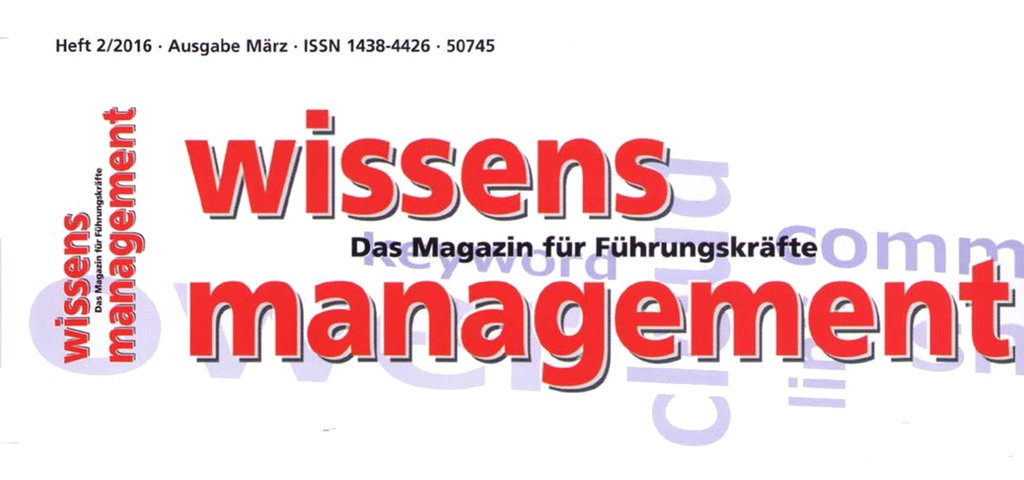 In the article we explain how Agile methods help companies to adapt quickly to changing market conditions and remain competitive. An Agile Transition is not made of individual tools or methods, but requires the willingness to learn and to continual improvement ahead. These are concepts that we often teach and coach as part of our
In the article we explain how Agile methods help companies to adapt quickly to changing market conditions and remain competitive. An Agile Transition is not made of individual tools or methods, but requires the willingness to learn and to continual improvement ahead. These are concepts that we often teach and coach as part of our 
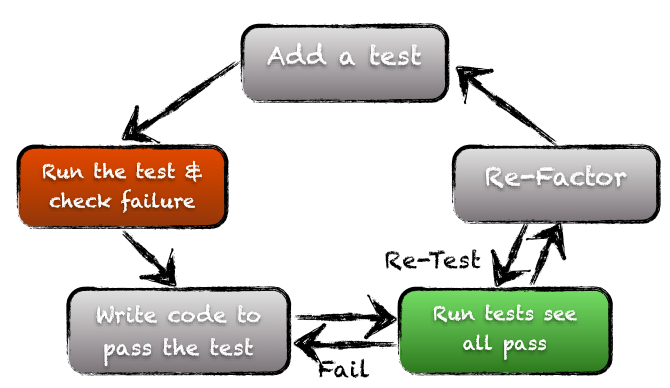

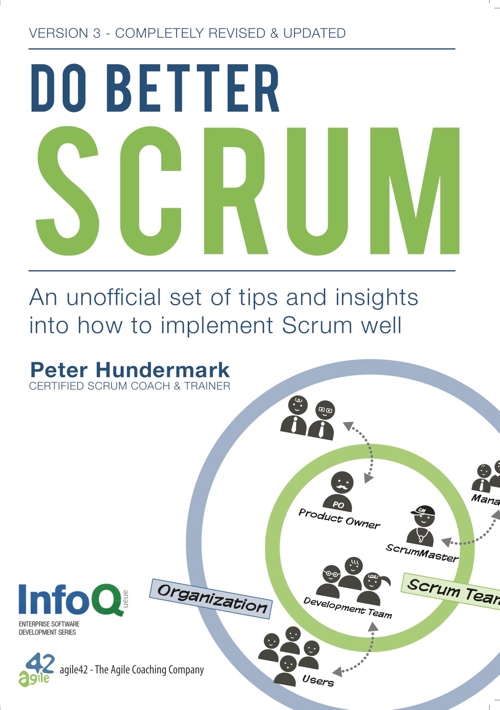
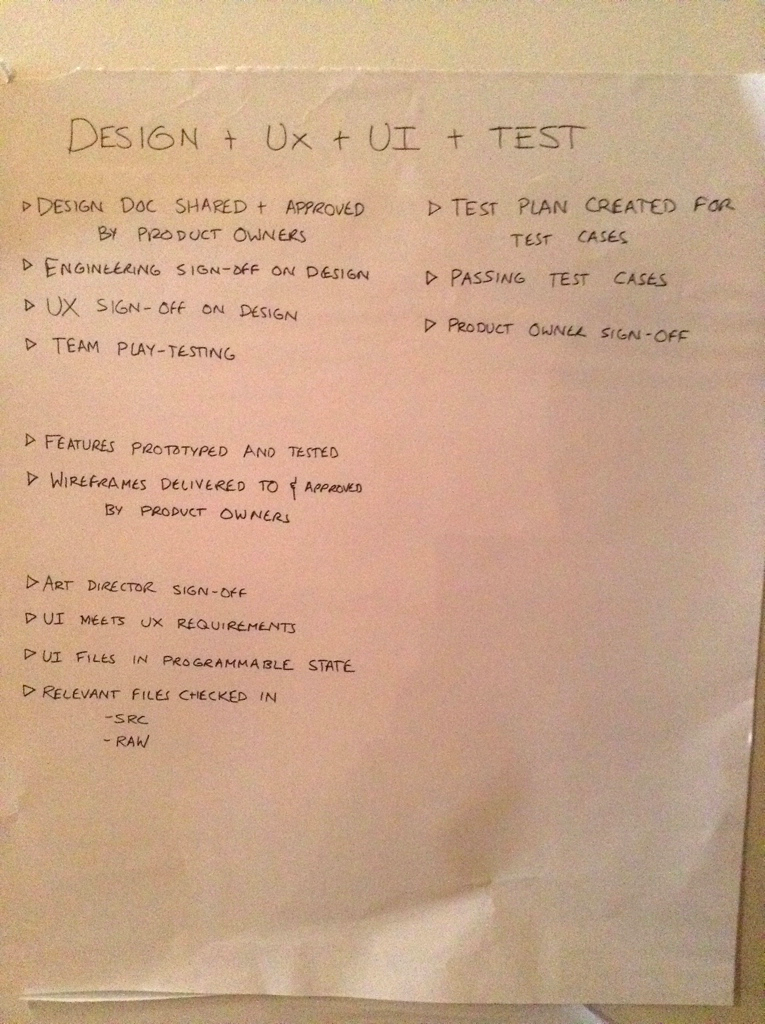 In many Scrum development teams, the design component is included in the team’s delivery. Either stories include mock-ups to be implemented as seen, or the cross-functional team includes a dedicated graphic designer/front-end designer who works as part of the cross-functional team to deliver a working product at the end of the sprint.
In many Scrum development teams, the design component is included in the team’s delivery. Either stories include mock-ups to be implemented as seen, or the cross-functional team includes a dedicated graphic designer/front-end designer who works as part of the cross-functional team to deliver a working product at the end of the sprint. 
